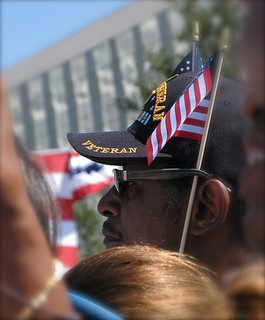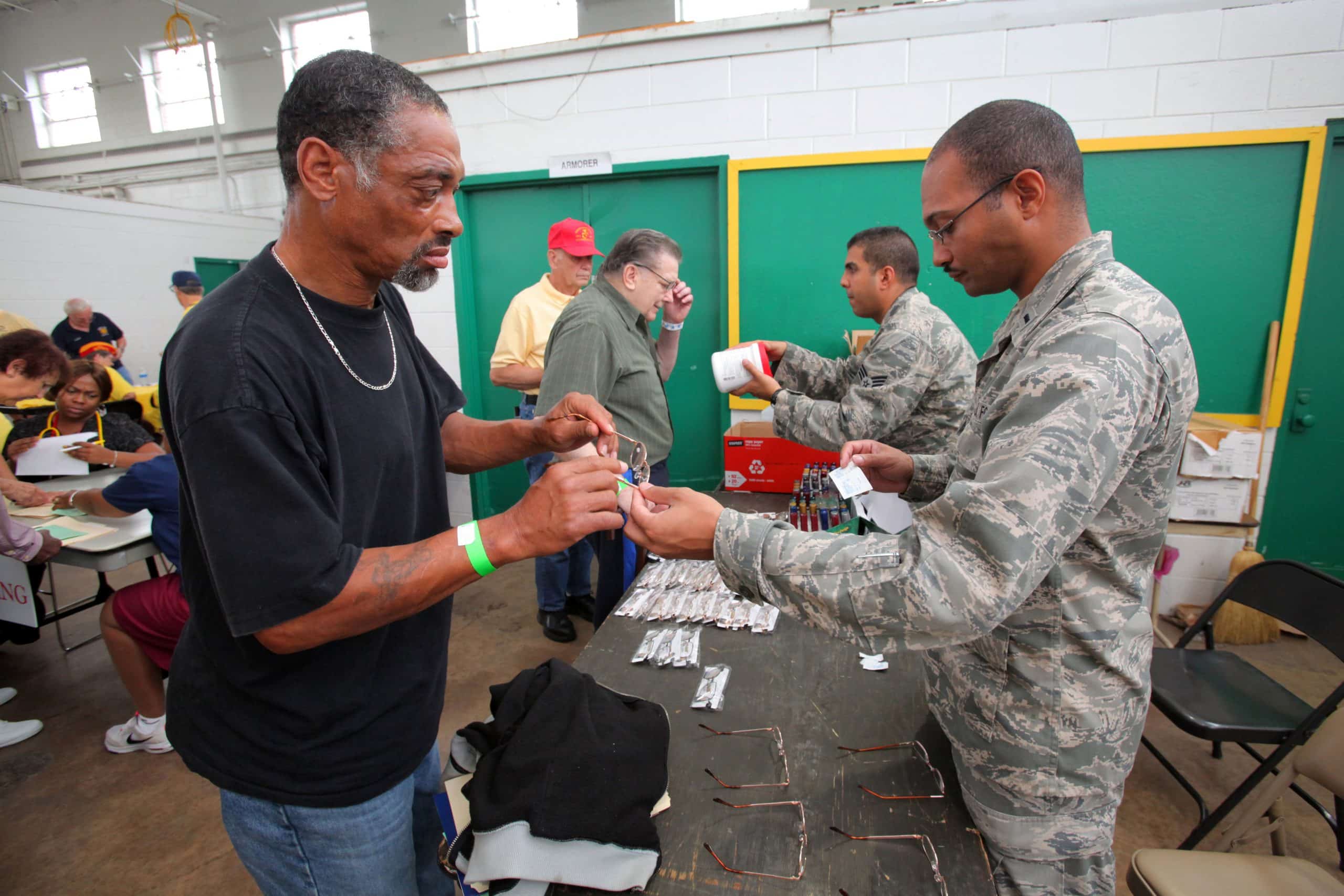
This can be challenging in rural America.
Although just 21 percent of our nation’s population lives in rural and small town America, 25 percent of all veterans live in rural communities. Providing needed services for our veterans is complicated in rural areas due to vast geographies, fewer resources, and less social service infrastructure.
Housing and service needs vary among veterans, who comprise a diverse population. In rural areas, 83.3 percent of all veterans own their homes. As rural veterans age, they are more likely to experience declining health and physical impairments, and the need for increased assistance with daily activities makes it more difficult to live independently in these homes. Home modifications that increase accessibility are often necessary. Grants from the Department of Veterans Affairs (VA), such as the Specially Adaptive Housing grant and the Special Home Adaptation grant, help veterans make necessary retrofits to their homes. These services are crucial, as veterans in rural America are older than veterans nationally.
While senior housing issues are important, many younger veterans returning from service also struggle with finding safe, affordable homes in rural communities. With less rental housing than urban or suburban areas, rural places provide fewer housing options for young veterans than suburbs or cities. The VA provides loan guarantees to veterans to help purchase or build a new home; however, eligible participants must have good credit scores. According to Home Mortgage Disclosure Act data, 16.8 percent of VA loan applications were denied in rural America in 2012. For returning veterans who are experiencing the lingering effects of post-traumatic stress disorder (PTSD) or other service-related physical or mental impairments, finding a home can be even more challenging.
Medical services offered by the VA provide lifelines for many veterans, yet accessing these facilities can be difficult in spread-out, rural areas. According to the United States Interagency Council on Homelessness, veterans in rural areas must travel 24 miles on average to access VA medical facilities. Faced with limited transportation options, rural veterans are typically unable to access the services and amenities they need without private transportation. To combat these distance challenges, the VA operates both the Veterans Transportation Service and the Veterans Transportation and Community Living Initiative. The programs foster cooperation between different community transportation service providers, making it easier for veterans to find rides.
Despite steps taken to assist rural veterans, some are missed. Many veterans, especially in rural regions, experience homelessness. According to HUD’s 2011 Annual Homeless Assessment Report to Congress, veterans typically make up a greater percentage of the homeless population in rural areas than elsewhere. The report noted that in Kansas, a predominately rural state, more than one of every three homeless individuals is a veteran. In West Virginia, one in four homeless individuals is a veteran.
On Nov. 3, 2009, Secretary of Veterans Affairs Eric Shinseki announced a five-year VA plan to end homelessness among veterans. Part of this effort includes bolstering the Veterans Affairs Supportive Housing Program (VASH). The program combines the HUD Housing Choice Voucher (HCV) rental assistance with case management and clinical services provided by the VA for veterans experiencing homelessness. There has been a significant decrease in homeless veterans as a result of the program; however, certain unique barriers exist for rural veterans. When seeking a voucher and choosing a location to live, veterans must live within a reasonable distance from a VA facility so that both the case manager and the veteran can easily travel without any undue burden. While this does not make it impossible for homeless rural veterans to use VASH, it may require some who desire to live in more remote, rural regions to relocate closer to a VA facility. This may be difficult for homeless rural veterans who have strong ties to their local areas, especially for those with PTSD or other mental illnesses.
HUD-VASH is also not applicable in federally designated Tribal Lands. The Native American Housing Assistance and Self Determination Act (NAHASDA) guarantees tribes self-determination in deciding where to invest housing dollars. The federal government cannot provide housing dollars that are directed to specific programs, as all funding for Tribal Lands must come from the Indian Housing Block Grant (IHBG). This is particularly noteworthy as Native American veterans are typically overrepresented in the overall homeless veteran population.
Housing provides more than just needed shelter and security for our veterans. These brave men and women have served this country protecting not only their homes, but the homes of all Americans and the land on which they are placed. No veteran should return from conflict and have to continue to fight for safe, secure, affordable housing.
(Photo by Keturah Stickann CC BY-NC-ND)






Comments